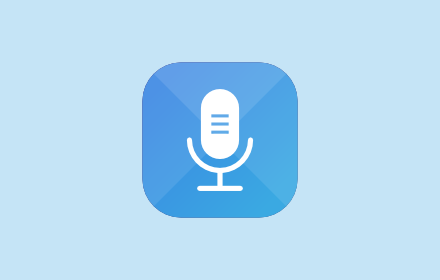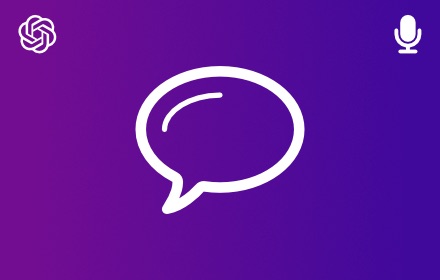Speech Recognition for Real-Time Translation: Breaking Language Barriers
Gone are the days when understanding someone speaking a different language was bound by the cumbersome process of manual translation or the interruption of an interpreter. Today, speech recognition for real-time translation is at the forefront of breaking down language barriers, enabling people and businesses to communicate seamlessly across linguistic boundaries. Its integration into various applications has had remarkable effects on global interaction and accessibility.
The Mechanics Behind Real-Time Translation
Speech recognition systems form the backbone for modern real-time translation tools, allowing them to convert spoken words into text. The core feature is to accurately capture the spoken language and process it through complex algorithms and machine learning techniques. It involves a multistep process that includes a sound signal being transformed into a digital signal, followed by phonetic segmentation and contextual analysis.
This technology is not merely a standalone feature; it typically collaborates with natural language processing (NLP) algorithms to understand the context and nuances of speech. The final text is then translated into the targeted language using advanced translation software. Developments in neural networks and artificial intelligence (AI) have significantly refined these processes, resulting in a faster and more accurate translation.
Speech Recognition Enhancing Multilingual Communication
Incorporating speech recognition for real-time translation paves the way for more cohesive international communication. Businesses that operate on a global scale use these tools during conferences, customer service, and digital platforms to provide instant translation and enhance understanding without delays.
Moreover, educational institutions and e-learning platforms utilize these technologies to make learning materials accessible to a broader audience. Students can now participate in courses that were previously limited by language constraints, significantly expanding educational opportunities on an international level.
Integrating Speech Recognition in Translation Applications
When speech recognition technology is integrated into translation applications, it revolutionizes user experience by providing instantaneous language conversion. Apps like Google Translate and Microsoft Translator have evolved to offer real-time speech translation features, allowing users to hold a conversation in multiple languages without prior knowledge of the language being spoken.
This technology is not confined to smartphones and computers; it has permeated into wearable technology and smart home devices, making translation services available and convenient at all times. Language barriers in social interactions, travel, and even remote work are being dismantled, fostering a world where communication is not limited by language proficiency.
Conclusion
Speech recognition for real-time translation is a testament to the human endeavor to connect more effectively. By continuously improving the accuracy and speed of this technology, it is anticipated that the future will hold even more sophisticated forms of communication tools that can emulate fluency in numerous languages. The remarkable progress in this domain has facilitated connections that were once thought impractical, bringing us closer to a truly global society.
The implications of this technology for the everyday user and professional sectors — be it for international business, education, travel, or simply socializing — are vast. As we look ahead, speech recognition for real-time translation will undoubtedly continue to enhance and redefine the way we interact across the myriad languages of our world.
Subscribe to our newsletter
Subscribe to our newsletter for tips, exciting benefits, and product updates from the team behind Voice Control!
Other projects from the team

Talkio AI
The ultimate language training app that uses AI technology to help you improve your oral language skills.

TalkaType
Simple, Secure Web Dictation. TalkaType brings the convenience of voice-to-text technology directly to your browser, allowing you to input text on any website using just your voice.

Voice Control for Gemini
Expand the voice features of Google Gemini with read aloud and keyboard shortcuts for the built-in voice recognition.